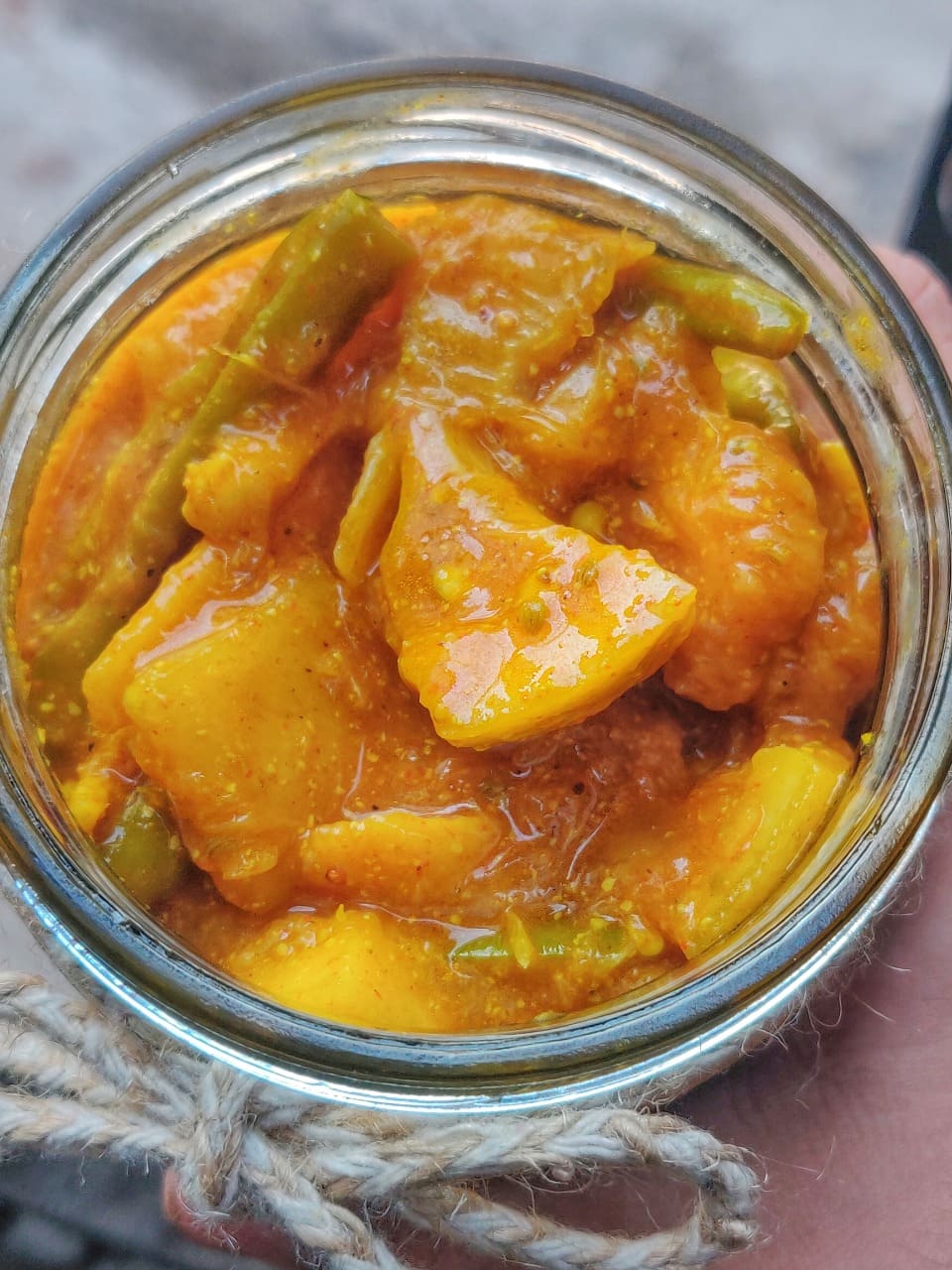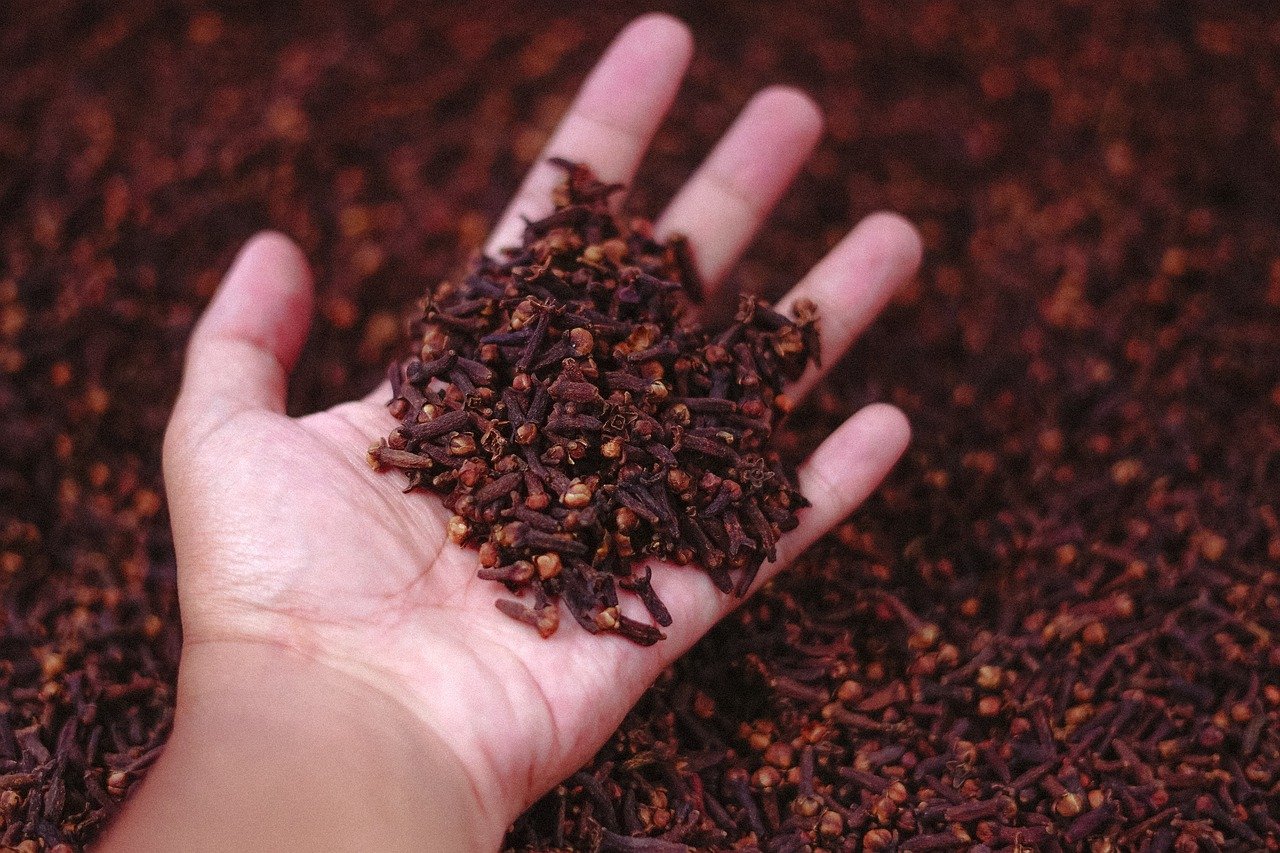
Greetings, food enthusiasts! 🍽️💕 Today, we’re embarking on a flavorful journey as we delve into the world of Lemon Pickle, also known as Nimbu ka Achar in India. This tangy and versatile condiment is a beloved accompaniment to many meals and is deeply ingrained in the culinary traditions of India. Let’s dive into the tantalizing world of Nimbu ka Achar, exploring its flavors, preparation methods, and cultural significance.
🍋 Nimbu ka Achar: A Culinary Treasure of India 🌶️
Nimbu ka Achar holds a special place in Indian cuisine, with each region having its unique take on this zesty pickle. Known by various names like Limbu Che Lonche (in Gujarati), Elumichai Oorugai (in Tamil), Nimbu ka Khatta Meetha Achar (in Hindi), and more, this tangy delicacy captures the essence of Indian flavors and culinary diversity.
🌿 Flavorful Preparation: The Art of Nimbu ka Achar 🍽️
The preparation of Nimbu ka Achar involves combining freshly squeezed lemon juice with a blend of aromatic spices and other ingredients. The key components may include lemon wedges, mustard seeds, fenugreek seeds, turmeric, red chili powder, salt, and oil. The proportions and variations may differ from one household to another, adding to the uniqueness of each recipe.
In some traditional methods, the lemon wedges are sun-dried before being marinated with the spices, allowing the flavors to infuse and intensify. This meticulous process enhances the taste and texture of the pickle, creating a harmonious balance between tanginess, spiciness, and a hint of sourness.
🍽️ Versatility on Your Plate: Nimbu ka Achar in Various Avatars 🥗
Nimbu ka Achar is an incredibly versatile condiment that can elevate a wide range of dishes. Here are a few popular ways to enjoy the delightful flavors of Nimbu ka Achar:
- Accompaniment to Indian Meals: Nimbu ka Achar pairs perfectly with traditional Indian meals, such as dal, rice, roti, and sabzi. It adds a tangy punch and complements the flavors of the main dishes.
- Sandwich Spreader: Spread Nimbu ka Achar on bread or toast to add a tangy and zesty twist to your sandwiches. It pairs well with cheese, veggies, and grilled meats.
- Rice Enhancer: Mix Nimbu ka Achar with steamed rice for an instant burst of flavor. The tanginess cuts through the richness of the rice and creates a delightful combination.
- Salad Dressing: Drizzle Nimbu ka Achar over salads to add a tangy and spicy element. It works particularly well with cucumber, carrot, and onion salads.
- Flavor Booster: Use Nimbu ka Achar as a flavor enhancer for curries, stews, and stir-fries. A spoonful of this pickle can transform an ordinary dish into a tangy and aromatic delight.
🌶️ Cultural Significance: Nimbu ka Achar in Indian Cuisine 🌼
Nimbu ka Achar holds cultural significance in Indian households. It is not just a condiment but a symbol of preservation and traditional culinary practices. Many families prepare Nimbu ka Achar during the harvest season when lemons are abundant. The pickle is then stored in ceramic jars or glass containers, allowing it to mature and develop its flavors over time.
In addition to its culinary role, Nimbu ka Achar has a place in Ayurveda, the ancient Indian system of medicine. It is believed to have digestive and cleansing properties, making it a popular choice during meals.
🙏 Credits and Celebrations 🙌
Let us extend our gratitude to the talented creators and homemakers who have preserved the art of making Nimbu ka Achar over generations. Their dedication and love for culinary traditions have enriched our palates and kept the flavors alive.
As we celebrate the diversity of Indian cuisine, let’s honor the cultural heritage of Nimbu ka Achar and its enduring popularity across India. Whether it’s the tangy delight of Gujarat or the spicy notes of Rajasthan, Nimbu ka Achar has left an indelible mark on the culinary landscape of the country.
🍽️ Join the Nimbu ka Achar Enthusiasts! 🌼
If you are captivated by the flavors of Nimbu ka Achar and wish to connect with fellow food enthusiasts, join our vibrant and engaging foodie community on Facebook. Share your experiences, recipes, and discoveries as we embark on a journey to savor the culinary treasures of the world.
🍋🌶️🌼










